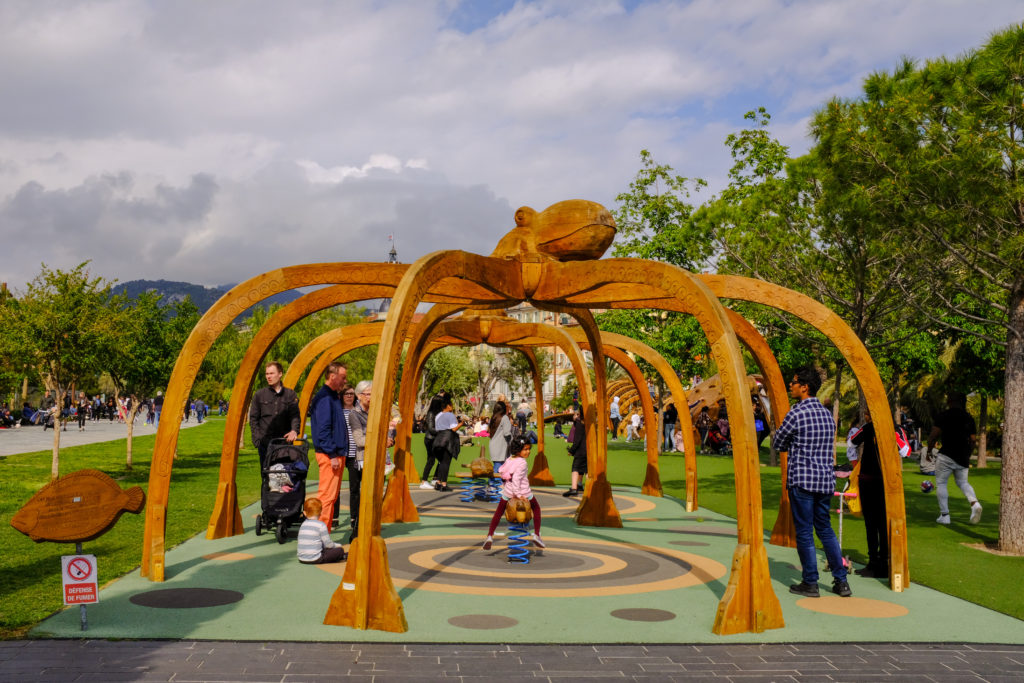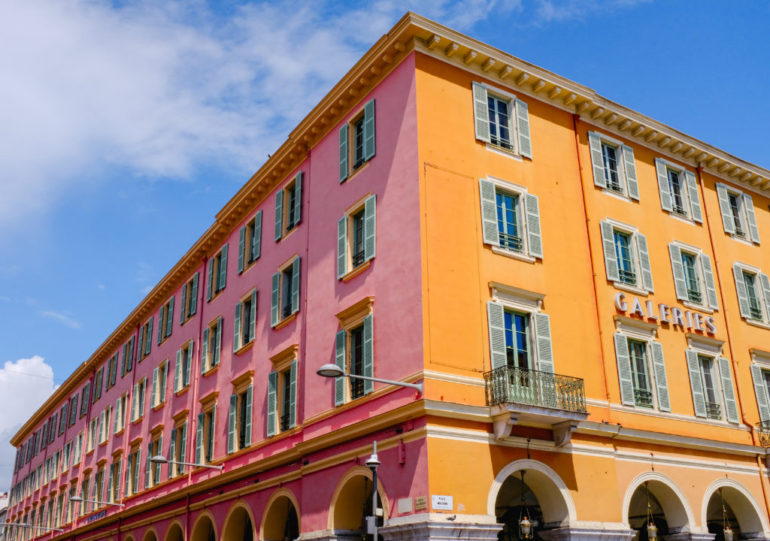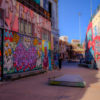Here’s what you should do in Nice, France, if you only have a few hours to explore.
When we first moved to San Francisco, we decided to spend a week driving from the east coast.
The road trip was the easiest way for us to transport our things, and we also really appreciated having the transition time. Every day, we watched the landscape change before our eyes, and we also incrementally adjusted to each time zone.
On our way from France to Italy, we had the opportunity to do a similar thing, watching the passing landscape through the windows of a train. One of the stops was in Nice, so we decided to get out and explore for the day.
It felt like the perfect location to do so, because it felt like a melange of French and Italian culture. In fact, Nice (called Nizza at the time) belonged to a kingdom that would later become part of Italy—and the only reason that it’s not part of Italy today was because it was given as a gift to France in 1860.
Once known as the home base for the 19th-century European elite and inspiration for artists like Matisse and Chagall, Nice has evolved into quite the eclectic place.
Below are some notes from our short-lived time in this charming city.
Neoclassical Italian Architecture at Place Messina
Located between the modern town and old village of Nice, this central square is like a bridge between the two. There, you can experience the Italian influence on the architecture, as found in the red ochre buildings and white window frames.
I also enjoyed the contrast between the shades of pink and orange against the black and white checkered floor, which reminded me of a Wes Anderson movie.
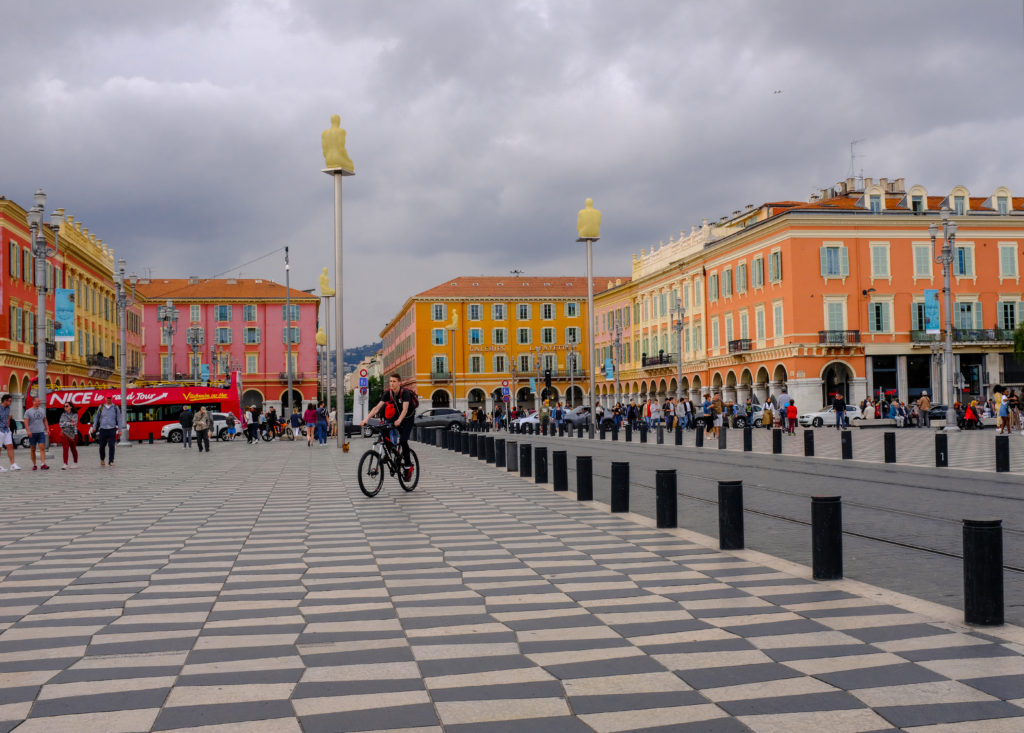
Olive Oils in Old Town
Most of the restaurants in France serve bread to be enjoyed by itself—but Oliviera was the first we encountered that served bread with olive oil.
The founder of the restaurant, Nadim, specializes in olive oil and designed the menu to showcase this theme. Thus, the recipes are incredibly simple, so that you can really focus on the nuanced flavors of each of his creations.
The space itself feels like a home. There are eight tables squeezed inside a small room, with an open kitchen in the back (with a staff of only two) and giant olive oil decanters on the side. Nadim is the one who serves you. He is really friendly, can speak multiple languages, and establishes familiarity almost instantly. The way he communicated and lingered with everyone made me wonder who was a family member or old friend and who was just a customer he met that day.
We definitely felt his hospitality from his small gestures. For example, when he was bringing a dish to another party, he first paused at our table to show what it looked like so we could have a better sense of the menu.
Tucked inside the old village of Nice, Olivieria felt like the embodiment of charm and warmth, as well as the French and Italian focus on fresh and simple ingredients.
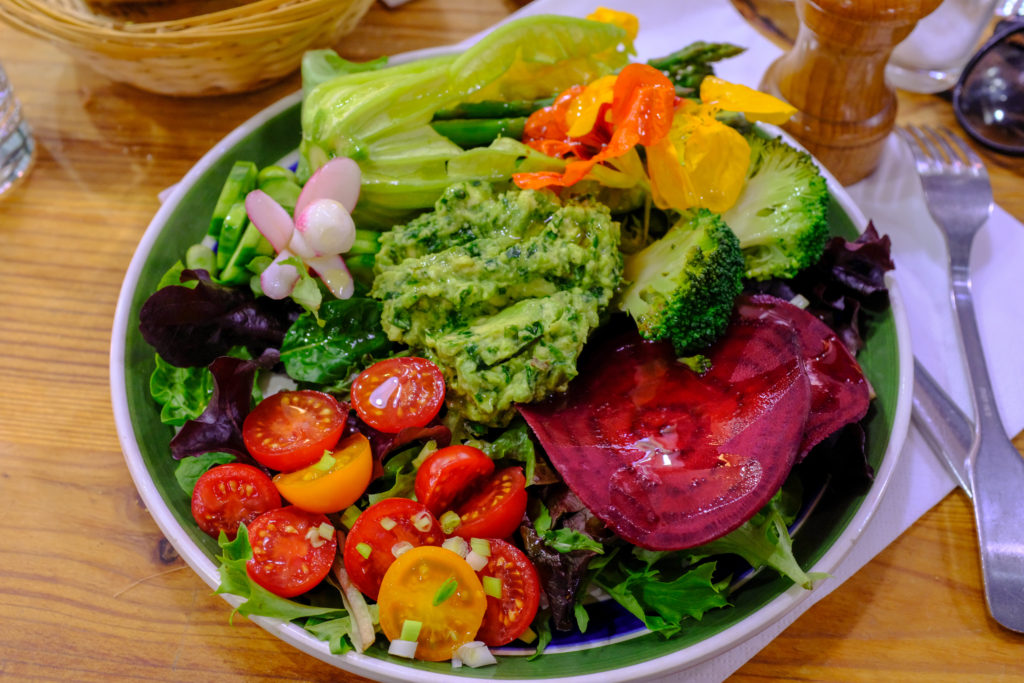
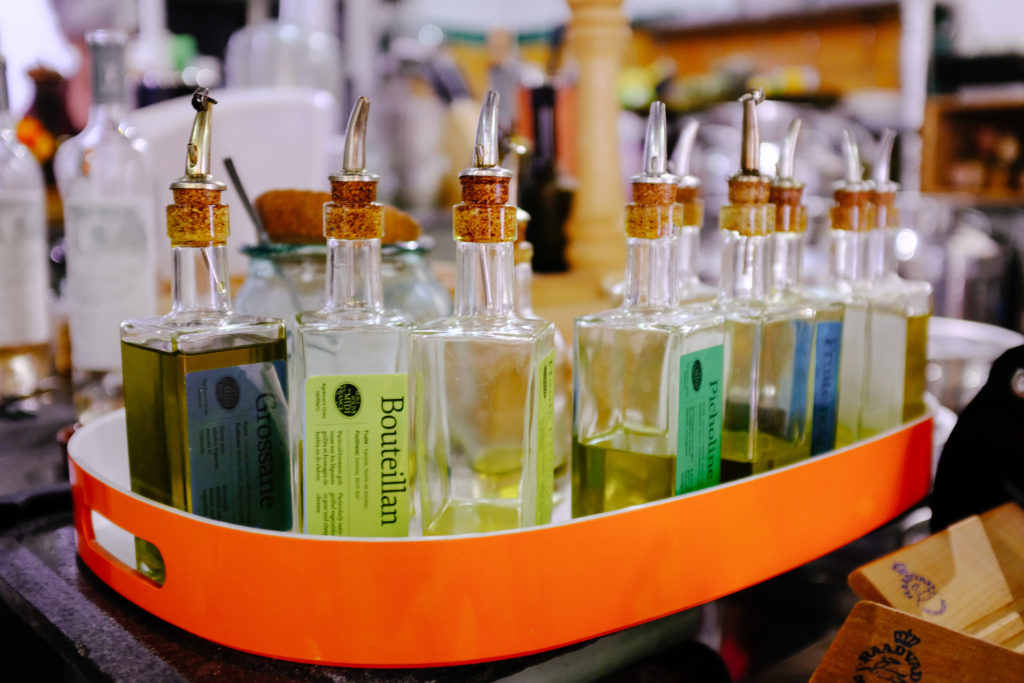
Locally-Preserved Pebbles on the Beach
If you walk along the Promenade des Anglais, you’ll find a seashore that consists of miles of pebbles. Known as galets, the stones are transported by strong river currents from the nearby Alps and deposited in a smooth form onto the coastline.
Sometimes, when beaches don’t naturally have sand, they import it from elsewhere to replicate the classic image of a beach. In contrast, the locals of Nice recognize the rocky coastline as part of their natural heritage.
Interestingly, though, the rise of tourism in the area has actually eroded the beach—so now, the natural must be maintained by the artificial. In the winter months, trucks will physically import pebbles from the nearby rivers so that they can preserve the beach.
There’s definitely a sense of local pride in these pebbles. For example, there’s a restaurant in Nice named after these pebbles, Le Galet. They explain the reasoning behind their name:
It’s because we are in Nice. And the beaches of Nice are pebbled! We were not going to call ourselves the “grain of sand” anyways … these are the roots of our city and the symbols of the Prom’. “But the pebbles, they hurt the feet…” You do not know ours: we offer you the softest pebbles of the Côte d’Azur.
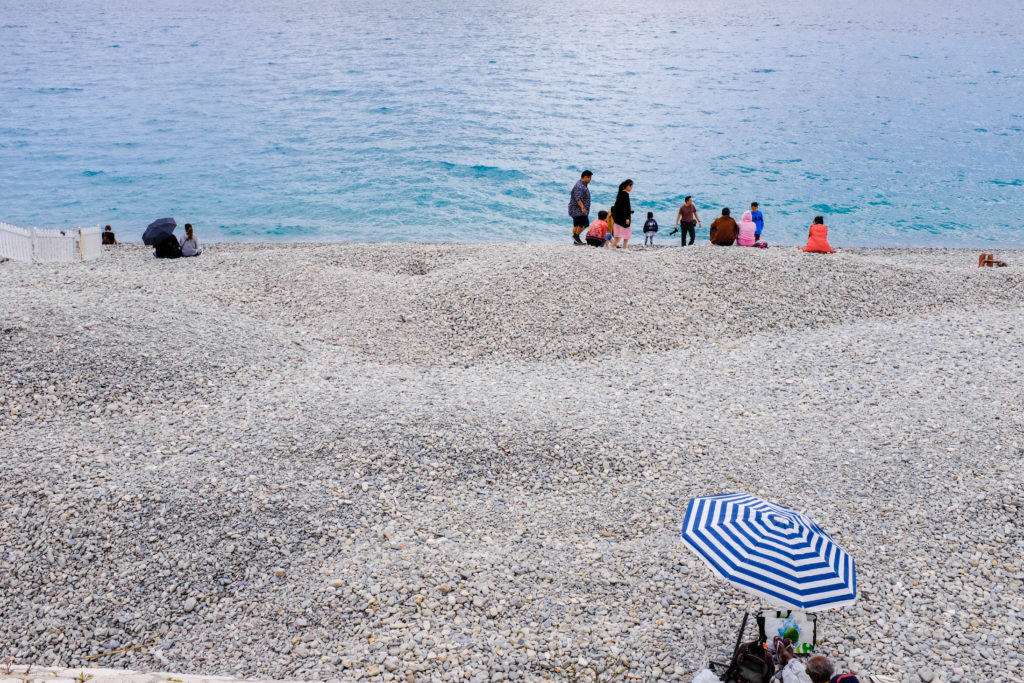
Wooden Marine Animals at Promenade du Paillon
After being amazed by a playground designed by children in New Zealand, I wasn’t sure if I’d find another one that would even be comparable. However, this marine animal-themed playground definitely stood out. There, I saw children swinging under a giant octopus and climbing onto a wooden giant whale.
The area where the playground is located is heralded as the “green axis” of Nice, because it brought a public garden/urban park to the space that used to be just a bus station and parking lot.
According to the landscape architects, Pena Paysages, the goal in their design was to capture “the sensuality of nature” and to provide the city with the green space it lacked.
